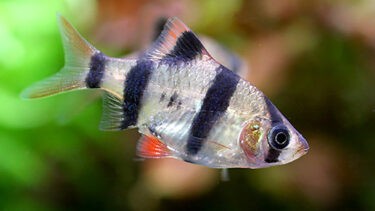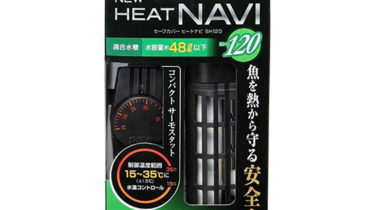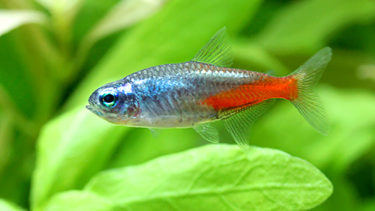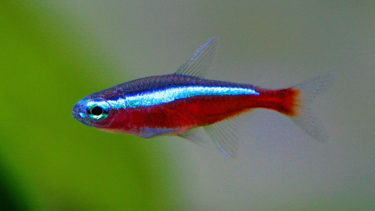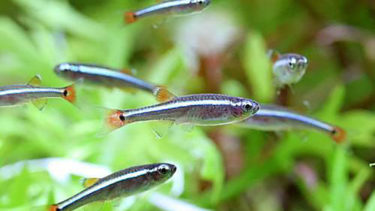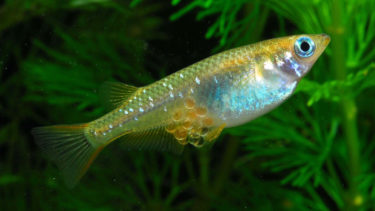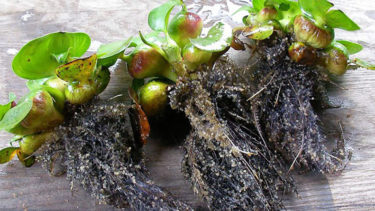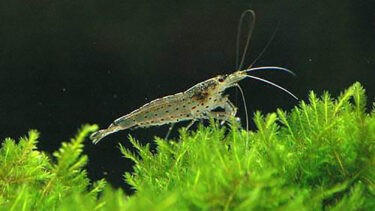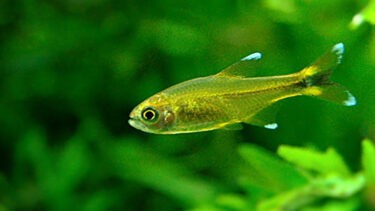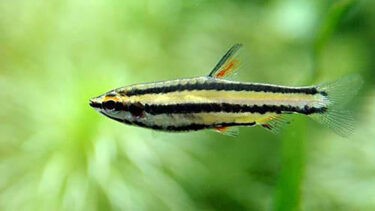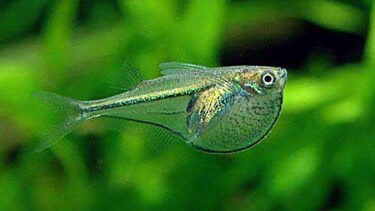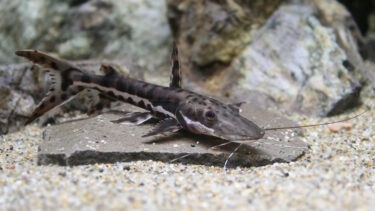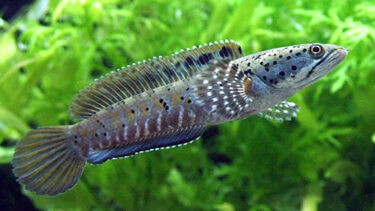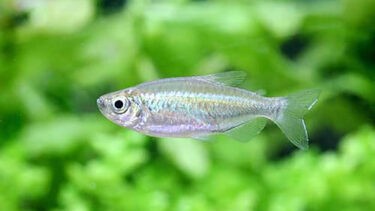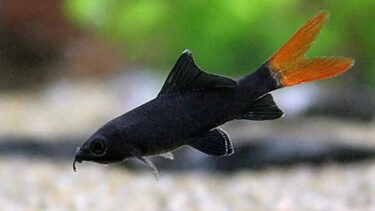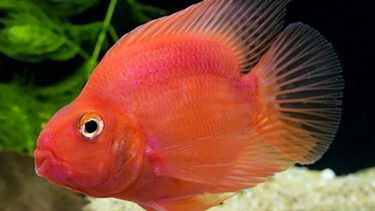The Yamato numaebi is a shrimp of the family Numaebiidae (decapods) and genus Numaebi, with a transparent body with a thin red dotted line. In this article, we would like to explain in detail the characteristics of the Yamato numaebi and how to keep them.
What is Yamato numaebi?

The Yamato numaebi is a species of shrimp in the family Numaebiidae (decapod shrimps). The Yamato numaebi originates from East Asia, including Japan, Korea, and Taiwan. The body color of the Yamato numaebi is not distinctive, with a thin red dotted line on a transparent body.Yamato numaebi are useful because they feed on leftovers of other species such as killifish, moss, and aquatic plants, preventing the deterioration of water quality.
When you go to a specialty store to look at tropical fish, you may be surprised at the large number of species available. The prices are different, as are the sizes and appearances, so it is difficult to know what to choose based on. In this article, I would like to explain in detail about the different types of tropical fish. Classification of tropical fish Ca[...]
The Sumatran is a tropical fish of the Puntius genus of the carp family, Carpidae, native to the islands of Sumatra and Borneo in the Republic of Indonesia, and is characterized by the four black banded lines that traverse the sides of its body. In this article, we will explain in detail the characteristics of the Sumatran and how to keep it [...].
The southern shrimp is native to East Asia, including Japan, the Korean Peninsula, China, and Taiwan. It is a member of the family Ctenophoridae (decapod shrimps) and has thin black lines at regular intervals on its back. In this article, we will discuss in detail the characteristics of this shrimp and how to keep it [...].
Red Bee Shrimp are native to Hong Kong, Taiwan, and other parts of East Asia, and belong to the family of shrimp (decapods) in the order Pandalidae. Its vivid body color makes it a very popular shrimp. In this article, we will introduce you to the Red Bee Shrimp [...].
How to keep Yamato numaebi
The Yamato numaebi is an easy species to keep. The lifespan of the Yamato numaebi is approximately 2 to 3 years. Their body size is approximately 4 to 5 cm. However, both lifespan and body size vary depending on the environment in which they are kept and the food they are fed. They prefer slightly alkaline to neutral water quality, especially at a pH of 7.0 to 8.0. Japanese Yamato numaebi can live at low water temperatures, but may require a heater if they are from overseas.
A heater is a device that maintains a constant water temperature. If you go to a specialty store that carries heaters, you will find a wide variety of types. Some people may be at a loss as to which one to choose. In this article, we would like to explain about such heaters [...]
Points to keep in mind when mixing swimmers

Regarding mixed swimming, the character of the Yamato numaebi is mild-mannered. Therefore, if the species you put in with them is territorial or aggressive, the Yamato numaebi may be beaten up, resulting in injury or even illness due to stress. In addition, if Yamato numaebi are mixed with some goldfish or tropical fish (such as cichlids or aveneye puffers), they may be preyed upon, so care is needed.Recommended species for mixing with Yamato numaebi are killifish in general, neon tetras and other characins, and small fish such as red fin fish. If you are unsure of the compatibility of the species you wish to mix with the Yamato Numaebi, take measures such as adding aquatic plants to create a hiding place.
The neon tetra is a tropical fish in the family Carassinae, and is a beautiful fish with a blue glow from its head to its tail fin. In this article, I would like to explain in detail the characteristics of the Neon Tetra and how to keep it. What is a Neon Tetra?
The cardinal tetra is a tropical fish of the family Carassinae of the order Carassinae that lives in the Negro and Amazon rivers in South America. It is a beautiful fish with a blue glow from its head to its tail fin. In this article, I would like to explain in detail the characteristics of the Cardinal Tetra and how to keep it. [...].
The redfin is a tropical fish of the carp family Tanichthys, which is native to Baiyunshan in Guangzhou, China. Its body color is mainly silver-gray with a dark blue line from the back of the eye to the base of the tail fin. In this article, we will explain in detail the characteristics of the redfin and how to keep it [...].
Points about spawning
Many people who keep Yamato numaebi want to breed them. To distinguish between male and female Yamato numaebi, males are smaller (3-4 cm) and have a "dot, dot, dot, dot" pattern on the sides of their bodies. In comparison, females are larger (4-5 cm) and have a "dot, line, dot, dot, line" pattern on the sides of their bodies.In breeding Yamato numaebi, it is necessary to know the characteristics of the "bilateral migratory type". The bilateral migratory type refers to the act of moving back and forth between sea and fresh water. The Japanese fire shrimp is a bilaterally migratory shrimp. When breeding Yamato numaebi, you must prepare brackish water (water that is half seawater and half freshwater) for them to breed. There are several ways to prepare brackish water, such as diluting seawater by half with tap water (fresh water) or dissolving artificial seawater sold at specialty stores with tap water (fresh water). Brackish water is very troublesome to manage rather than to produce. For this reason, it is said that it is difficult to breed Yamato numaebi. However, if you can make brackish water well, all you have to do is put in spawning beds or water plants and wait for the eggs to hatch. Once hatched, the fry feed on bacteria and moss in the water and grow. After hatching and repeated molting, the fry will be able to adapt to freshwater after about a month, so if you are thinking of moving to freshwater, please start the transition gradually from this time.
Many people who keep killifish want them to spawn. However, not many people know about spawning and what they need to do to prepare for it. This time, we would like to explain the method of spawning and the points to be noted [...].
If you have kept goldfish for a long time, you may want to try to breed them. However, if goldfish spawning is not done with care, there is a high possibility that the goldfish will weaken. In this article, I would like to explain in detail the method and precautions for spawning. The time of spawningThe time of spawning of goldfish is [...]
Points to keep in mind when keeping Yamato numaebi
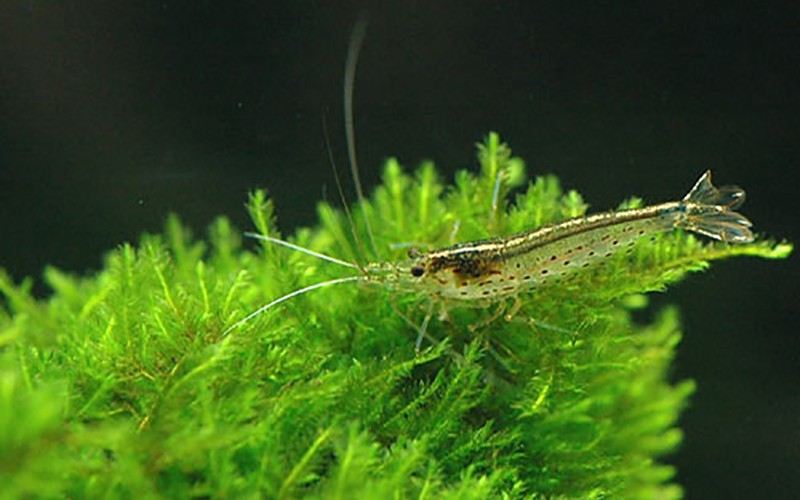
The Yamato numaebi is a recommended species because it is easy to keep and to mix with other shrimps. The southern shrimp is a very docile species of shrimp and rarely causes problems in the aquarium. It is rare for them to prey on weakened individuals (small fish), but it is highly likely that they mistake them for dead, so please take measures such as moving weakened individuals to another tank as soon as possible.The southern shrimp is often compared to the Yamato numaebi. It is not uncommon to see the "Yamato numaebi" and "southern shrimp" sold next to each other, even in specialty stores. The difference between the Yamato shrimp and the southern shrimp is their size and how they can be multiplied. If you are interested in breeding shrimp, we recommend that you choose the southern shrimp. If you want to keep larger shrimps, we recommend that you choose the Yamato numaebi. Also, you can mix "Yamato numaebi" and "southern shrimp," so if you are not sure, we recommend keeping both. If you are interested in Yamatonumaebi, we recommend that you visit a specialty store.



